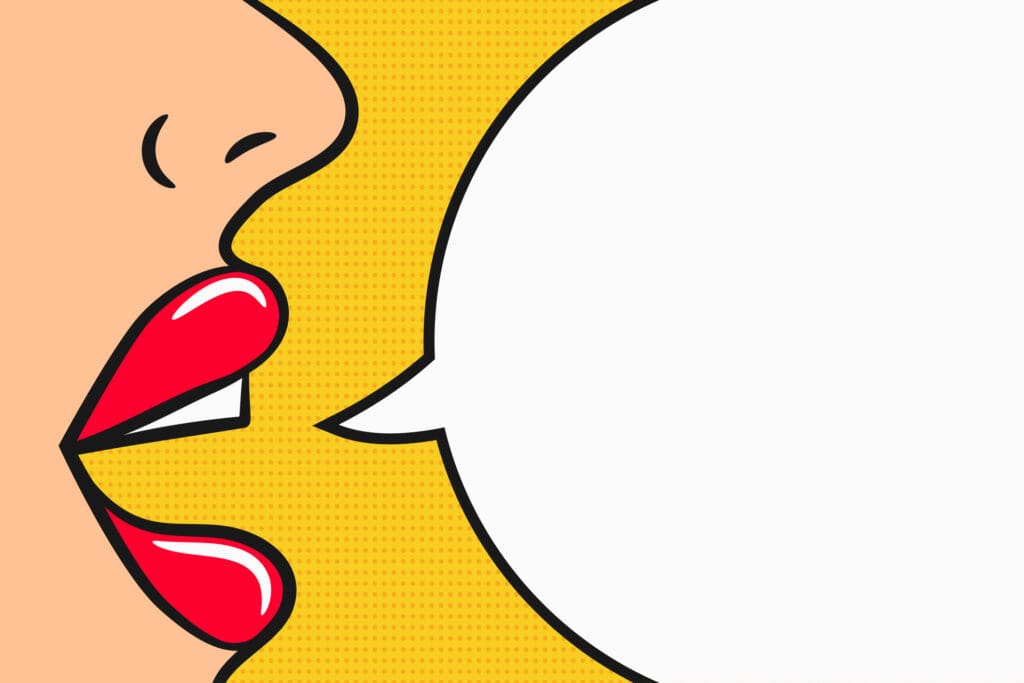6 Biases That Impact Online Behavior

We all like to think of ourselves as logical creatures, especially when it comes to purchasing decisions. We make pros and cons lists, we look at tables of specifications and compare numbers, and we do our research — we’re not just going to buy one brand of toilet paper over another because it has a cute baby on the package, right?
Unfortunately, we’re not as logical as we’d like to think we are. The human mind is a delicate thing, subject to lots of flaws in reasoning and decision making. Fortunately, a lot of those flaws are predictable — if you know how to recognize the cognitive biases in yourself and others, you can plan around them.
Loss Aversion — The Fear of Losing
We’re a lot more scared of losing things we already have than we are of not gaining things that we thought we might. We’re a lot more upset about losing a $20 bill from our wallet than we are happy about finding a $20 bill on the sidewalk.
This phenomenon is called “prospect theory,” and it’s been described in the field of behavioral economics since the 1970s. In simple terms, if a person is presented with two equal choices — one presented as a potential gain and one as a potential loss — they’re more likely to choose the former.
When it comes to purchasing, marketers can use loss aversion to frame decisions for their customers. If you give your customers a free trial and then tell them that trial is expiring, they feel that they’re about to lose out on something they already have. They’ve grown to rely on those features, and they don’t want to give them up.
Loss aversion also contributes to what we call FOMO: the fear of missing out. By running limited-time offers that give your customers the impression of scarcity and urgency, you instill in them the sense that if they don’t ask quickly, they’ll miss out on the product.
Bandwagoning — Following the Crowd
“Jumping on the bandwagon” is often used in a derogatory sense by sports fans when their team’s success attracts more attention, but it’s a real phenomenon. It’s the same reason that people line up for the newest iPhone just a year after they bought the last one, and it’s the reason that celebrity endorsements work.
You’ll also notice the bandwagon effect in the sentiment, “millions of people can’t be wrong.” For better or worse, we tend to trust a product or a service more when we know that lots of other people are also using it.
For marketers, user-generated content is the best way to take advantage of the bandwagon effect. People who find their way to your social media accounts or website may love the features you advertise, but your message will carry a lot more weight if you can show them that other people are also using the product. Testimonials and user reviews are a great way to show that your product is tried and tested in the real world.
In-Group Favoritism — The Social Media Effect
In-group favoritism is a lot like the bandwagon effect, but on a smaller scale. Instead of being convinced by large groups of strangers, we often find our decisions being influenced by small social groups of trusted friends and family.
According to Medium, at least three quarters of people trust their family and friends more than they trust the experts when choosing a new restaurant, seeing a movie, assessing a romantic partner, or deciding where to go on vacation.
That’s why social media marketing is so important. If you can get your customers to endorse your product to their peer network, either by using their testimonials or by giving them an incentive to share, you’ll be using in-group favoritism to your advantage.
Confirmation Bias — Telling People What They Want to Hear
Confirmation bias is simple — we prefer information that reinforces what we already think over information that conflicts with it. It can be a problem in today’s social media world when it leads to the echo chambers that insulate us from different opinions or new experiences, but when it comes to social media marketing, it can be a fantastic opportunity.
When courting prospective customers, you can gain their trust by telling them things they already know. Sympathize with their problems, show them that you know what they’re dealing with, and help them realize that you’re the solution to the issues they’re having. If you can lend a compassionate ear, they’ll trust your advice when it comes to purchases.
The Decoy Effect — Nudging People in the Right Direction
The decoy effect describes a situation where people are influenced to make a purchase decision by the presence of a decoy that puts their purchase in a new perspective. We’ll give you an example.
Imagine you go to a liquor store and see a bottle of whiskey with a blue label for $75. Next to it is a premium version of the same whiskey in a gold-trimmed bottle for $250. Does that whiskey really cost four times as much to produce as the first bottle? Of course not. But the presence of the gold bottle makes the blue bottle seem much more reasonable by comparison.
That’s the decoy effect, and it can be a huge help in your marketing efforts. By pricing your options to contrast with each other in a conscientious way, you can nudge people toward specific purchases.
This effect is also extremely common in subscription models. Imagine a magazine with both print and digital subscription options. Digital only is $8 per month, print-only is $10 per month, and print and digital together is $12 per month. By setting up the prices of digital and print as $18 combined, you make the $12 price seem a lot more appealing.
Mere Exposure — Buying What You Know
The mere exposure effect is also referred to as the familiarity principle. The idea is that mere exposure — continuous, small exposures to a brand, even if the consumer doesn’t consciously notice them — makes customers more likely to buy.
The mere exposure effect has been mostly debunked. As it turns out, simply seeing the Golden Arches in every suburb doesn’t make you more likely to shop at McDonald’s when the time comes to eat something.
Instead, marketers today talk about “top-of-mind (or front-of-mind) awareness,” or being part of a customer’s “evoked set.” If we ask you to name the first car company that comes to your head, you might say Ford or Toyota. You probably didn’t say Spyker, because Spyker isn’t in your evoked set.
Becoming part of a customer’s evoked set isn’t easy — it requires repeated exposure and genuine connections with the customer’s needs and pain points. But if you can be on a customer’s shortlist when it comes to decision time, you’ll see the benefits.
Using Our Minds To Our Advantage
Success in business isn’t as simple as what you offer — you might have a game-changing product, but if you can’t communicate to people why it’s important, you won’t make a single dime.
That’s where marketing comes in. If you want to convince people to buy your product, you’ll need to understand how people think. People aren’t always rational, but they’re often irrational in predictable ways. If you can wrap your head around their biases, you’ll earn customers for life.





